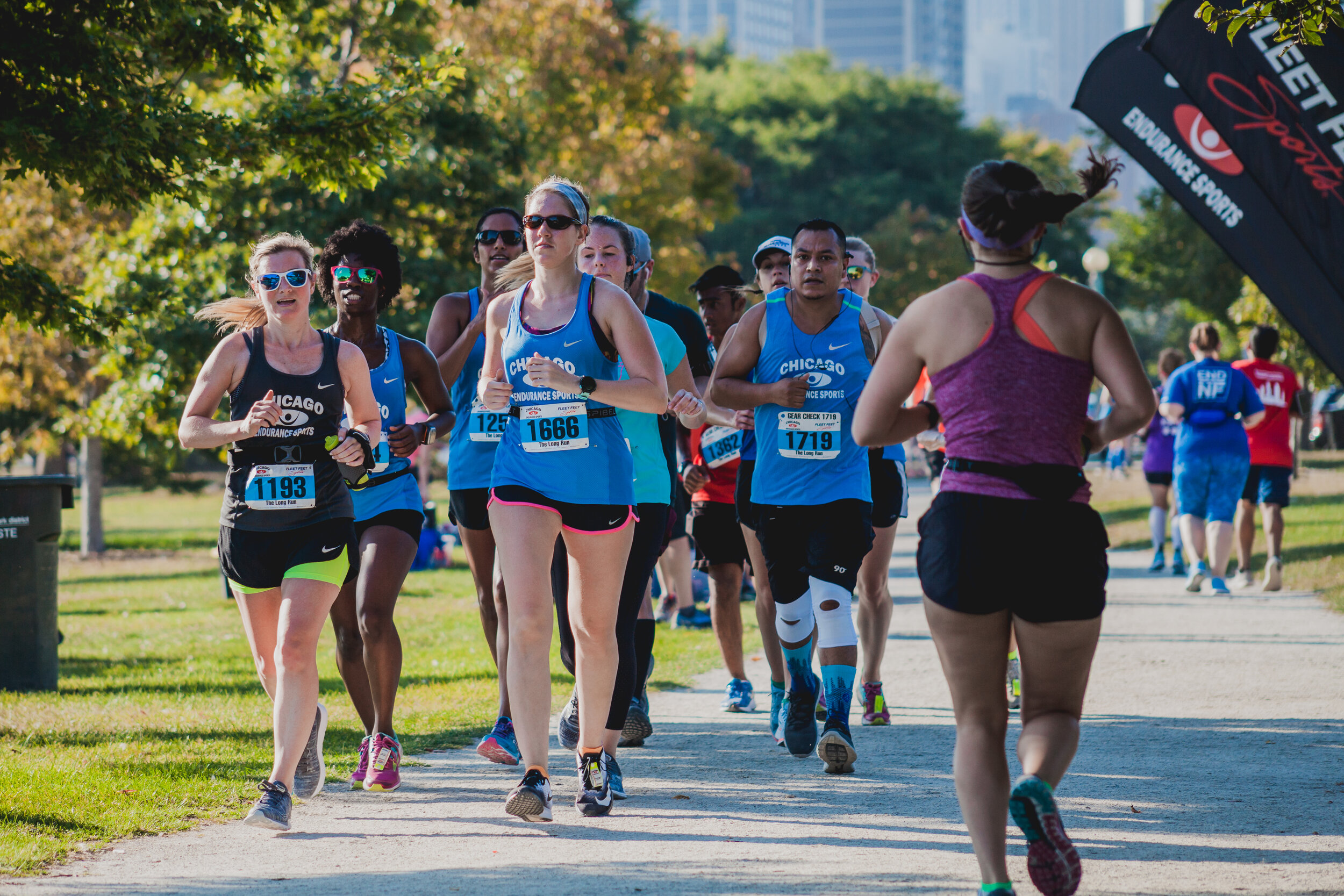Easy Does It - Finding Your Long Run Pace
How fast should I be doing my long runs? This is a very common question, especially among those new to distances like the marathon.
Some runners like to base their paces on their goal time for the marathon. For example, someone with a marathon goal of 4 hours will run everything at 9:09/mile, thinking that if they can run a shorter distance at their goal pace now that they will be able to extend that to the full marathon distance by the time of their target race.
Other runners set a goal pace that is faster than what they hope to run during the marathon, thinking that this will give them a cushion in case they slow down in the final miles. An example of this is someone with a 4 hour goal who chooses a 9:00/mile pace or faster for their easy and long runs.
Neither of these approaches are likely to provide the best possible outcome. At worst, people who train like this spend time sidelined due to injury. Others might be luckier and avoid injury but find out that they are unable to maintain their goal pace on marathon day because they are fatigued from spending the entire summer "racing" their long runs every weekend.
The key to success in marathon training is learning how to run at an easy pace. That easy pace helps to build your endurance without increasing the chances of fatigue as training progresses while minimizing the likelihood of injury.
How fast should the easy and long runs be? A good target is 30 to 60 seconds per mile slower than goal race pace. For those of you without a goal time for the marathon (which makes sense, since we're just getting started with training), the "talk test" is a great way to gauge how hard you're running. You should be able to maintain a conversation with people in your pace group. If you're gasping for air or if you can't get in more than a few words at a time, SLOW DOWN. Running alone? Then test yourself by reciting the Pledge of Allegiance.
Feel the need for speed? Save it for the our midweek workouts. They are designed to challenge you and help get you faster. But in order for you to maximize the benefit from these workouts, you need to be sufficiently recovered from the other runs you complete during the week. Slowing down on the easy and long runs makes it a lot easier to push the effort on the designated speed days.
Keep the easy days easy, so that you're ready to tear it up when it matters the most!

